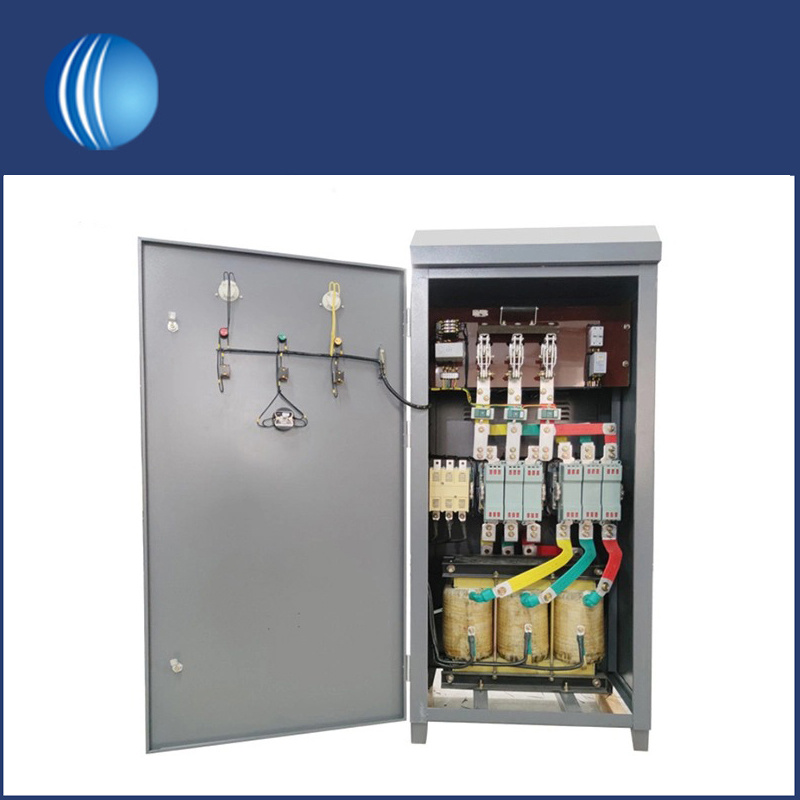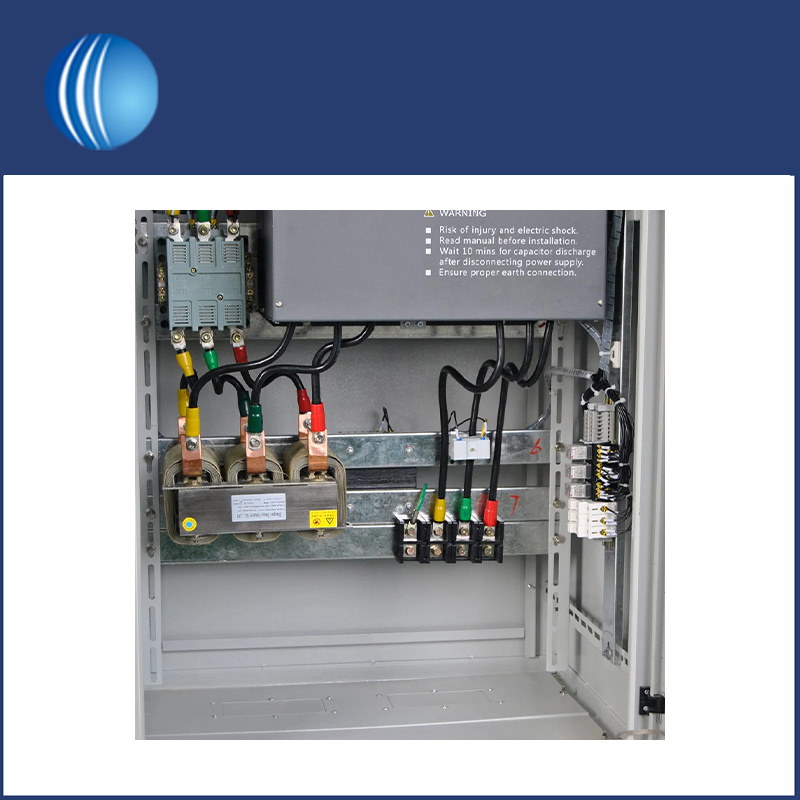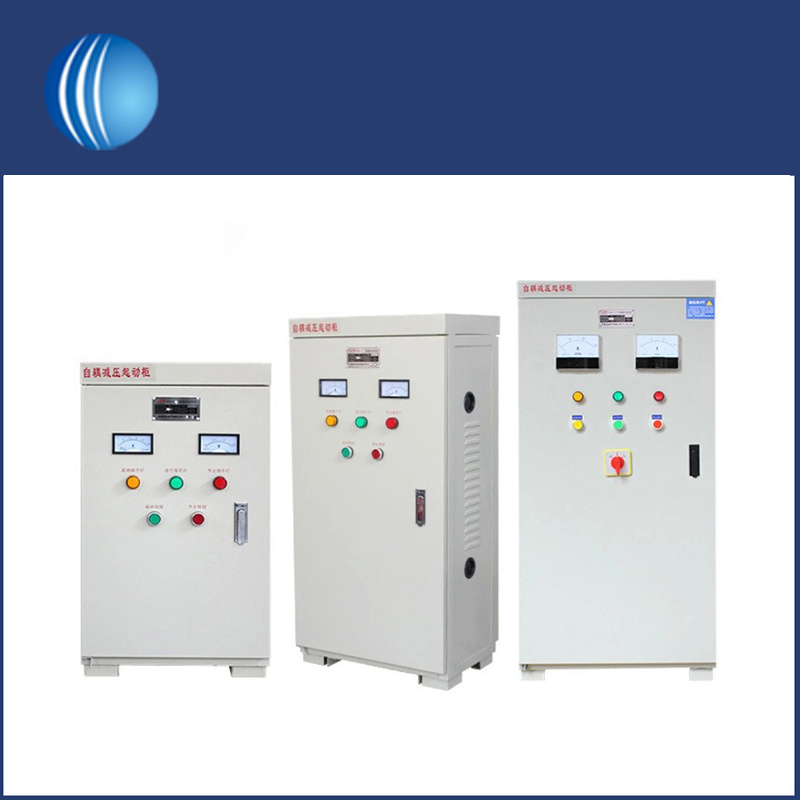
The main goal of power distribution equipment is to ensure that power can be transmitted efficiently and reliably while ensuring the safe and stable operation of the power network.
Power distribution equipment is an important part of the power system and is responsible for distributing electrical energy generated from power generation and conversion equipment such as power stations, transformers or converter stations to different power consumption locations.
Electrical Switches: Electrical switches are vital components in power systems that control the flow of electricity in a circuit. Circuit breakers are the most common type of electrical switch and are used to interrupt electrical circuits to prevent overloads or short circuits from causing fires or power distribution equipment damage. Load switches are used for manual control of circuit connection and disconnection, while contactors and relays are used for automated control, such as when remote operation or automatic fault detection is required.
Isolating Switch: An isolating switch is a device used to completely isolate a circuit, usually for maintenance work. They ensure that the circuit is completely disconnected before maintenance personnel can access the power distribution equipment or wiring, thus reducing the risk of injury. Isolating switches often have locking devices to ensure that only authorized personnel can operate them.

Flow and voltage transformers: These sensors are used to monitor current and voltage levels in power systems. Current transformers are used to measure current values, while voltage transformers are used to measure voltage values. These sensors provide real-time data to help operators monitor the status of the grid, detect overloads or short circuits, and assist in taking action when needed to maintain power balance.
Estimating Meter: An estimating meter is a device used to measure electricity consumption. These meters can be used for a variety of purposes, from household meters to industrial meters. They record electricity usage and can be used for billing, energy conservation planning and power management.
Transport Units: Transport units include cables, conductors, insulation materials and support structures that are used to transport electrical energy from a generating station or substation to various locations where electricity is used. These power distribution equipments must be carefully designed and maintained according to different current loads and environmental conditions to ensure effective transmission and protection of electrical energy.

Arrestor: An arrester is a device used to deal with overvoltages in power systems. They can direct overvoltage to ground or other appropriate places to protect power distribution equipment from the danger of excessive voltage. This helps reduce equipment failure and extend its life.
Reactor: A reactor is a component used to adjust a circuit and usually includes inductive and capacitive components. They are used to manage power factors, improve the efficiency of the grid, reduce reactive power losses, and maintain voltage stability.
Maintaining these power distribution equipment is critical to ensuring the reliability and stability of the power system. Monitoring equipment status, regular inspections, repairs and updates are critical steps in maintaining power systems to reduce the risk of outages and ensure the reliability of power supply. Effective maintenance of these devices is critical to meeting the electricity needs of different sectors, from residential and commercial buildings to industry and utilities.
